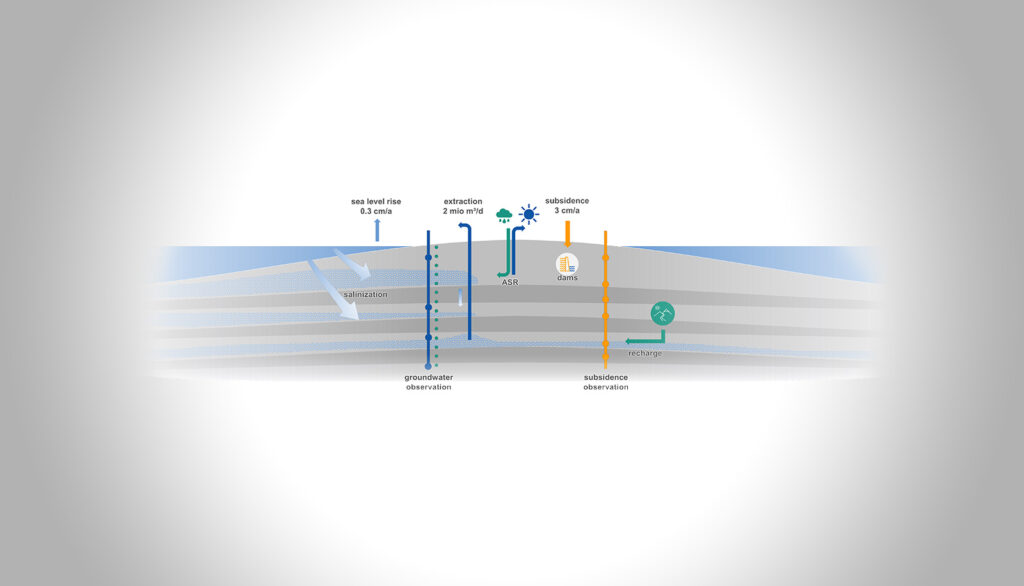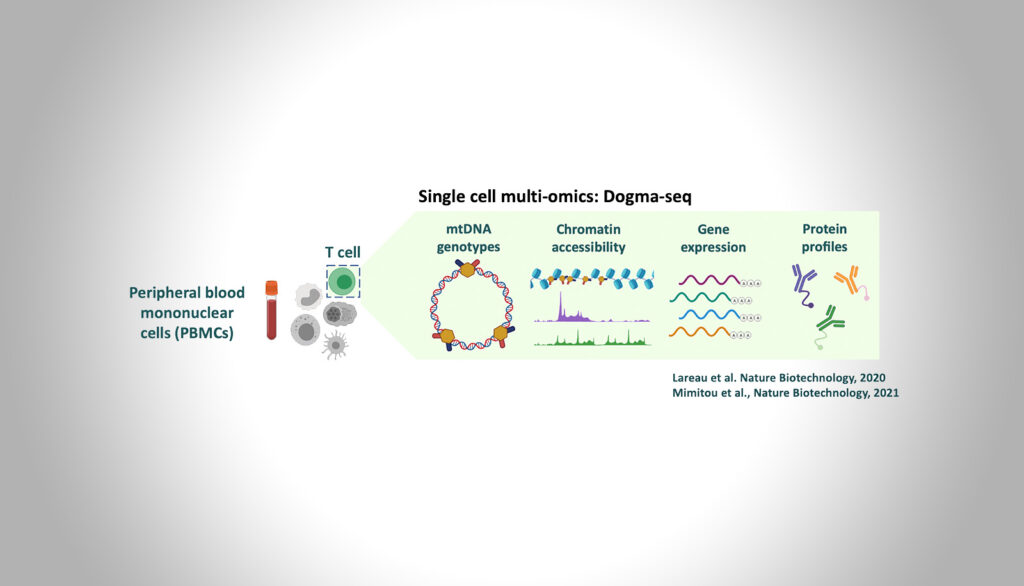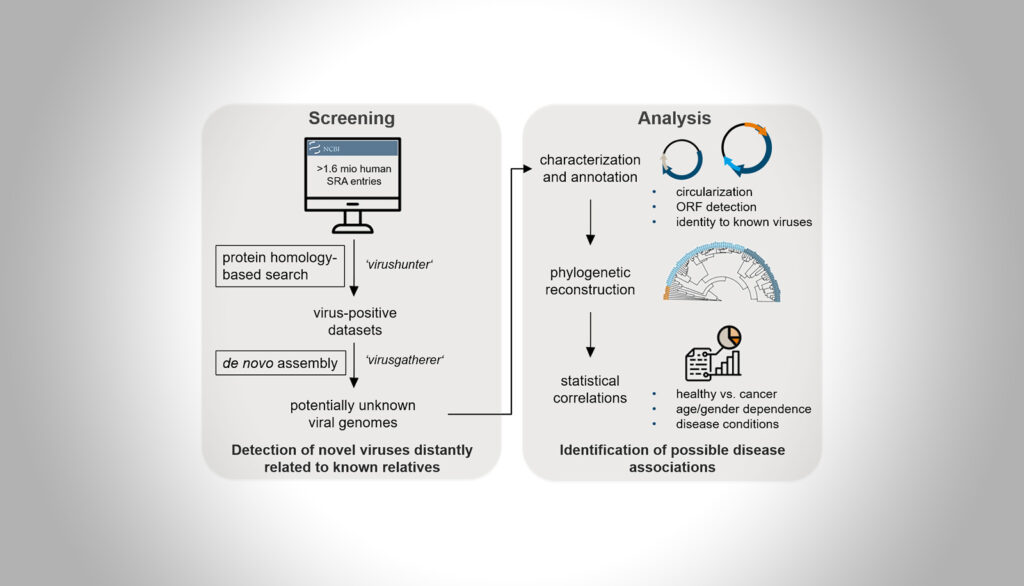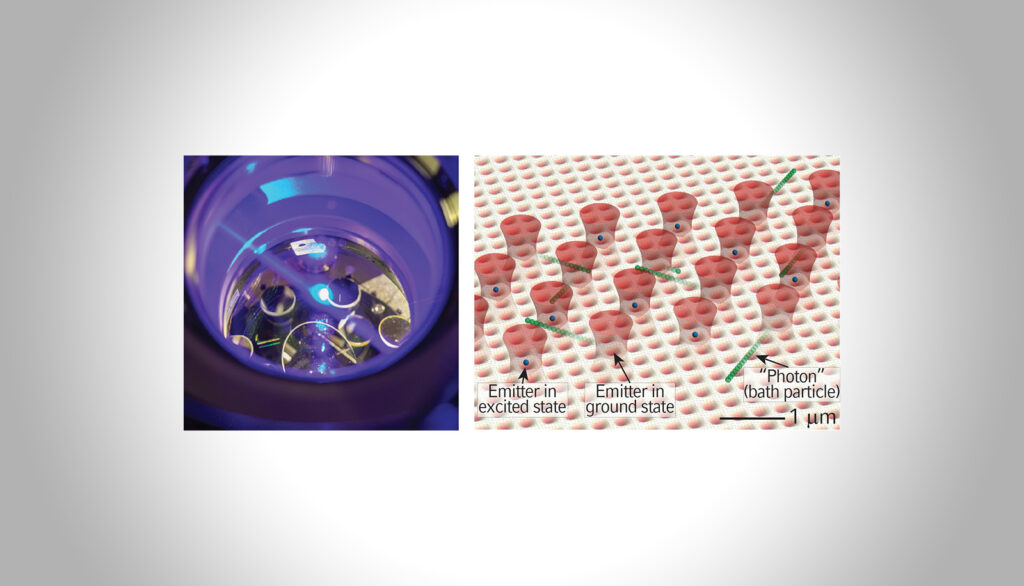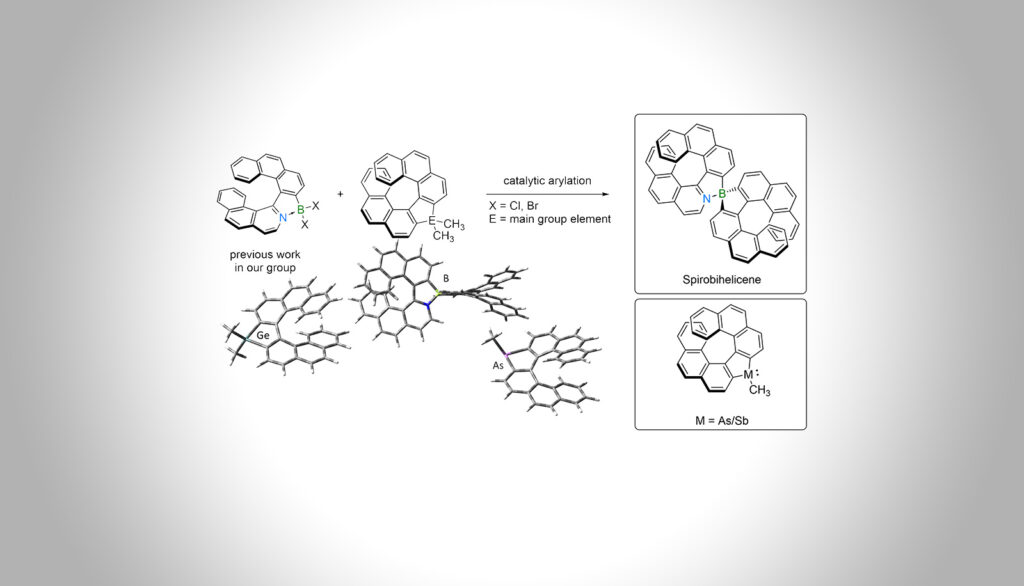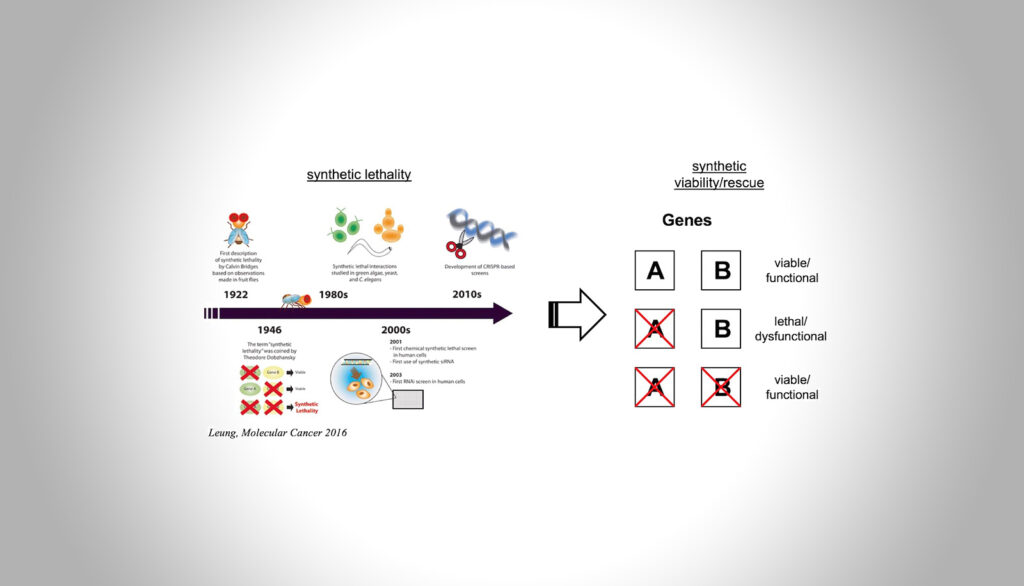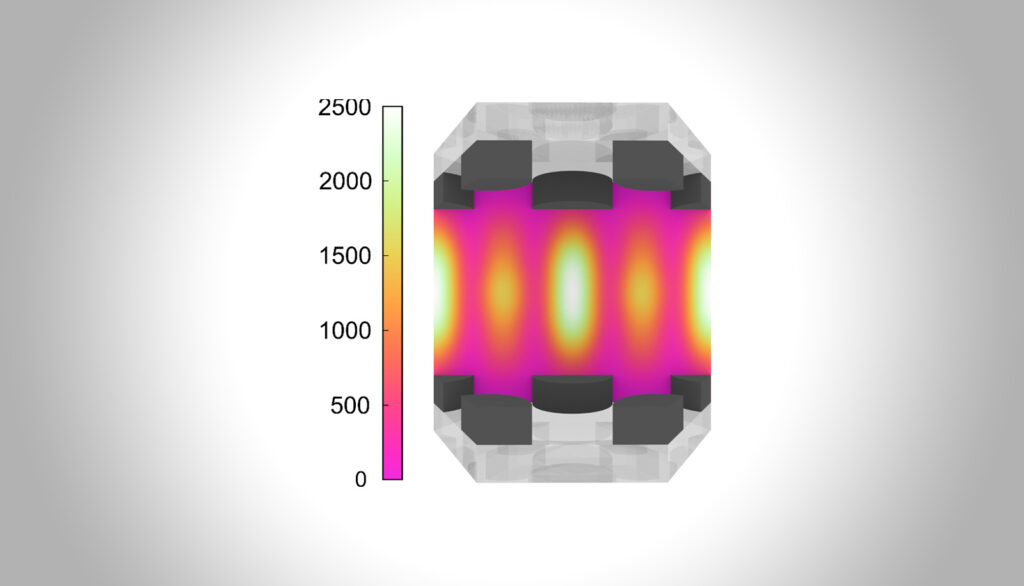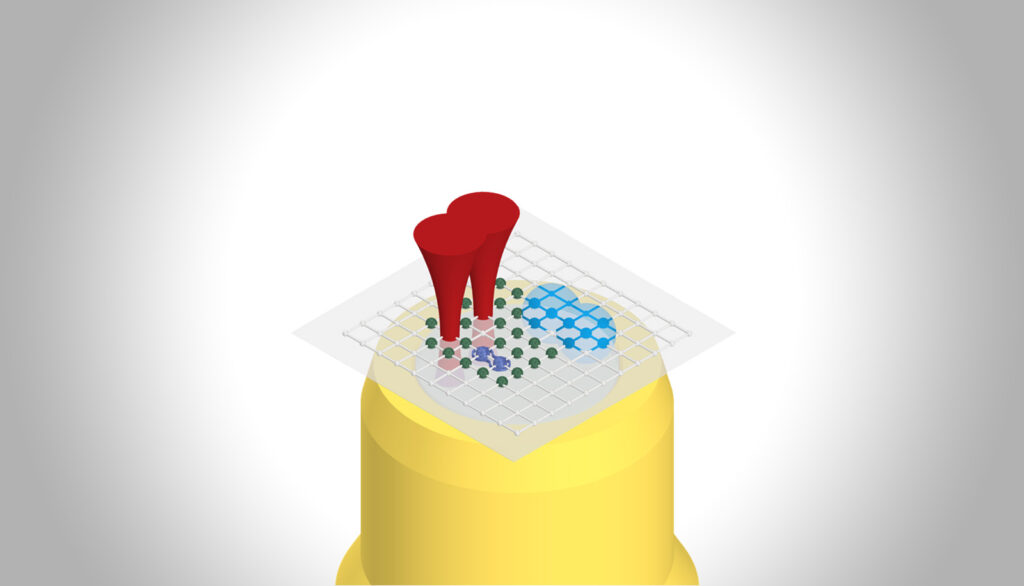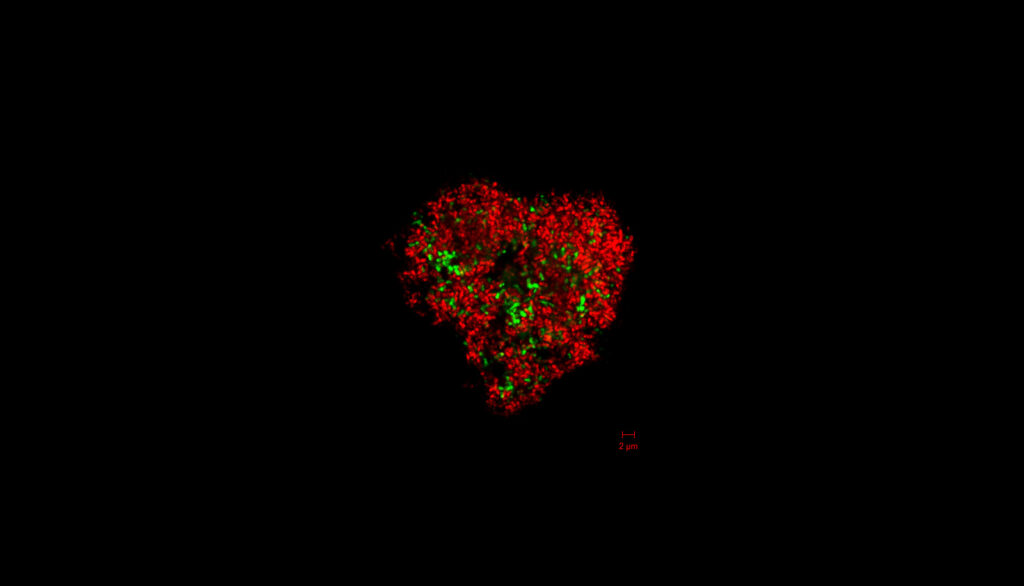Land Subsidence & Groundwater Salinization in the Mekong Delta
Felix Dörr – Hector Fellow Franz Nestmann
Land subsidence and groundwater salinization are existence-threatening environmental changes in the Mekong Delta (MD). Their origin and process dynamics are not fully understood yet. By innovative measurement technology, field/lab investigations and numeric modeling, a comprehensive understanding of the processes is developed and the effect of potential countermeasures can be examined. The elaborated knowledge is the basis for sustainable water concepts in the MD and other delta areas worldwide.


